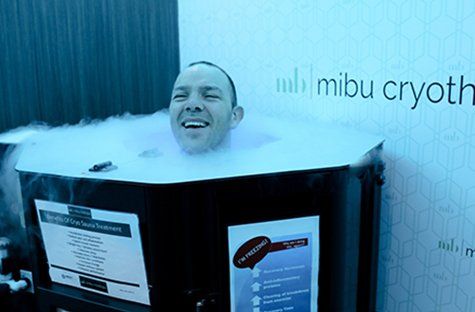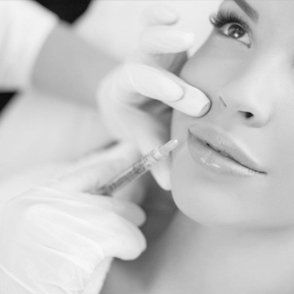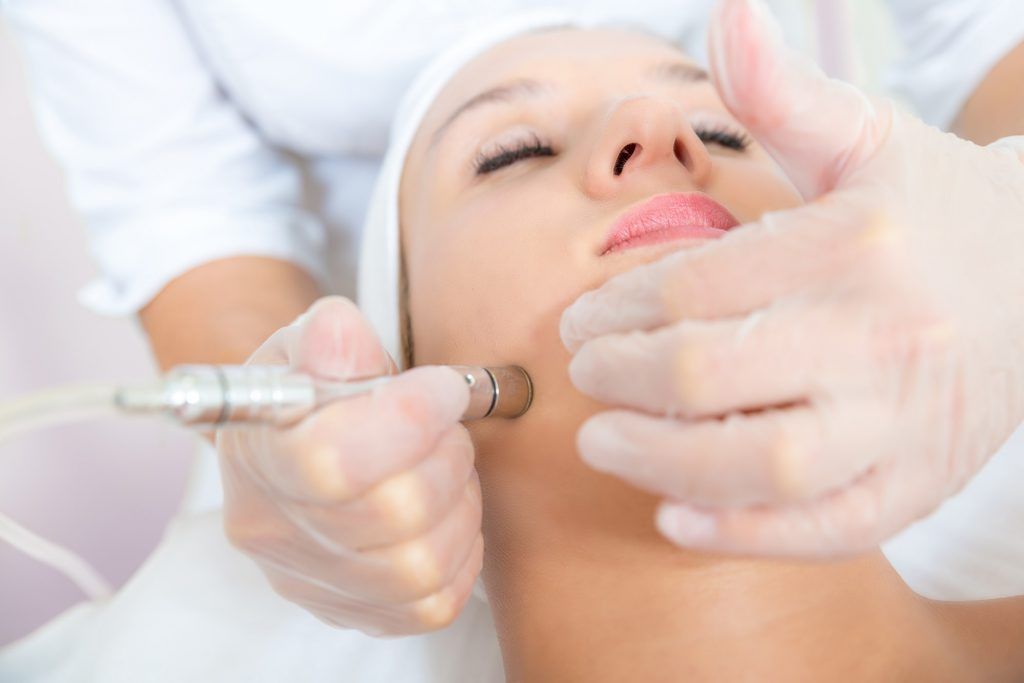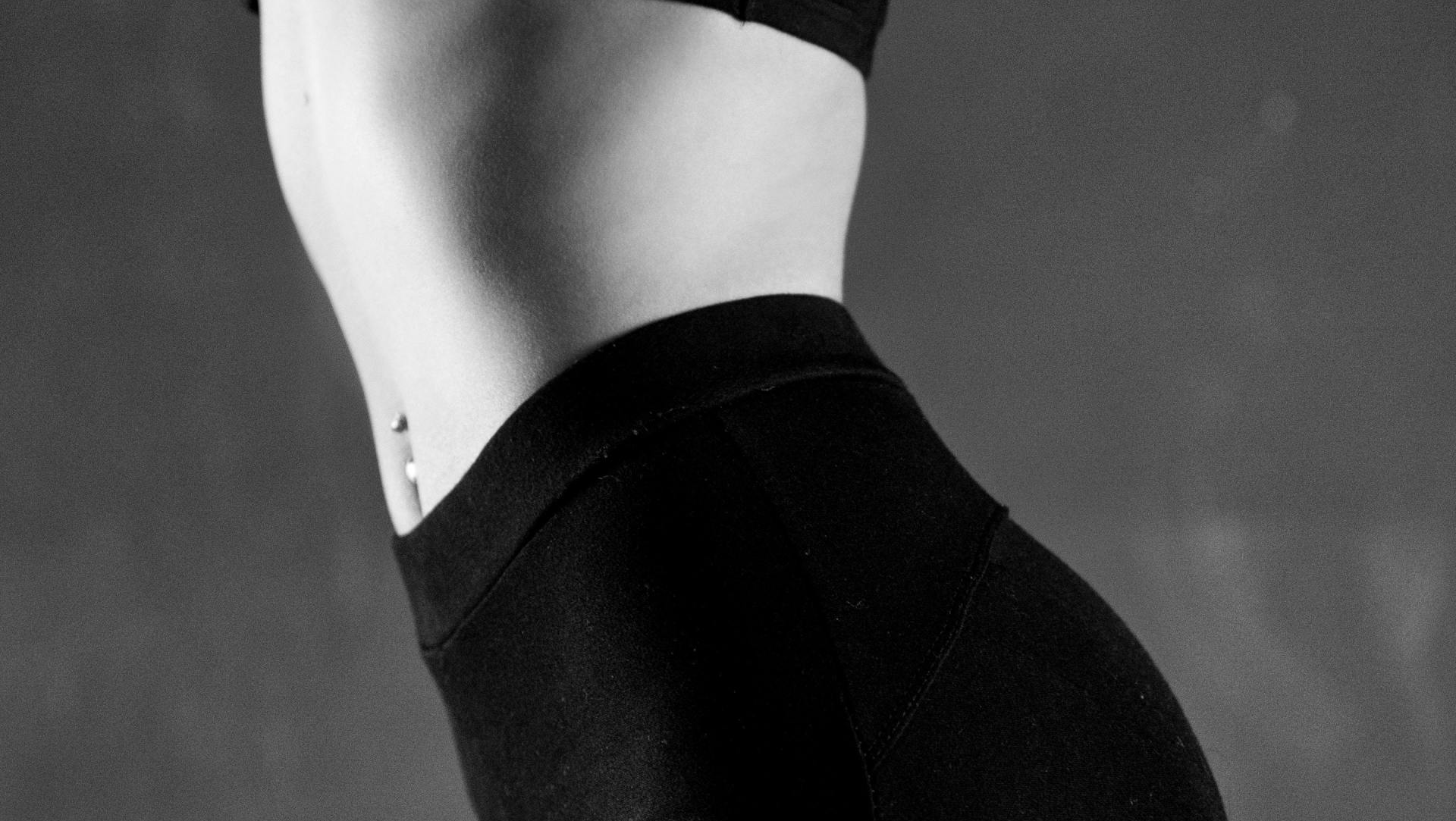
When it comes to body composition analysis, it is important knowing that all about your body composition can help you determine the overall state of your health. Even if you look healthy on the outside and weigh in at a normal weight on the scale, it is still important to understand your body composition. Body composition is the amount of fat and non-fat mass in your body. A healthy body composition is one that includes a reduced percentage of body fat and a higher percentage of non-fat mass, which includes muscle, bones, and organs. Knowing your body composition can help you evaluate your health and fitness level. Often, you will measure your body composition at the start of a weight-loss or fitness program and then check it occasionally to monitor your progress. Body composition analysis is a method of describing what the body encompasses, distinguishing between fat, protein, minerals, and body water to give you a picture of your health. Therefore, two people of same-sex and body weight may look totally different from each other because they have a different body composition. Body composition and growth are key factors of health in all individuals. The current epidemic of obesity in children and adults has painted the value of understanding body fat levels for short-term and long-term health. Additionally, the measurement of body compositions is becoming increasingly valuable in medical practice. If your ratio of body fat is much higher than your fat-free mass, then you stand the risk of severe health problems such as obesity, high blood pressure, type 2 diabetes, heart disease, fatigue, cancer, and more. Although body fat is generally linked with poor health, some fat is actually essential for overall good health, as it can help protect internal organs, regulate hormones, and provide us with energy. The human body fat should typically make up at about 5% of total body weight in men and about 12% of total body weight in women. Under we have listed some of the most important factors that can lead to altered body composition: Lack of exercise and physical activity Eating large portion sizes and overeating in general A high-fat, high-sugar diet Lack of balanced foods in the diet such as fruits, vegetables, nuts, seeds, legumes Excessive alcohol intake Benefits of having a healthy body composition By reducing your overall amount of body fat, you can enhance your body composition and overall quality of life, as well as extend your lifespan. Here are just some of the advantages of having a healthy body composition: Normal blood pressure level Improved quality of sleep Improved mood and self-confidence Increased energy and endurance throughout the day Reduced pain in joints, hips, and lower back Improved blood circulation — leading to lower risk for heart disease Higher fertility rates and lower risk for pregnancy-related complications Improved breathing, respiration, and lung function Improved glucose tolerance and insulin sensitivity

Cryotherapy is commonly used as an in-practice procedure for the treatment of weight loss. Cryotherapy follows the treatment system freezing or near-freezing temperatures force your body to work hard to stay warm and in turn, burn calories. During this process, your body is immersed in a chamber exposing only your head. Your technician will apply liquid nitrogen into the disclosed area leaving your body to combat the cold in the only way it knows how – protect your vital organs and shed unwanted fat. Small-scale cryotherapy can include ice bath immersion or cryotherapy facials. More recently, cryotherapy is dubbed as the second most common in-office procedure after skin excision. The mechanism of destruction involved in cryotherapy is called necrosis, which results from the freezing and thawing of cells. While literally freezing your unwanted fat off sounds enticing, it is also great to know that the only adverse effect of cryotherapy is being cold (which is a short-lived sacrifice for shedding a few extra kilos!) Dermatologists have engaged in cryotherapy since time immemorial. After the invention of the vacuum flask to store subzero liquid elements, such as nitrogen, oxygen, and hydrogen, the use of cryotherapy intensely increased. The general advantages of cryotherapy are its ease of use, its low cost, and its amazing cosmetic results. Though unpleasant to begin with, cryotherapy tends to get better with each treatment, as the body begins to adjust to the low temperature. You can get amazing benefits from one session of cryotherapy, but it is most effective when used regularly. It should be known that some athletes use cryotherapy twice a day to help the repair of muscles. Some treatment programs function from people attending daily for 10 days and later once a month following. Benefits of cryotherapy Cryotherapy can help tackle migraines by cooling and numbing nerves in the neck area. It’s thought that this works by cooling the blood passing through the intracranial vessels. The carotid arteries are close to the skin’s surface and are accessible. Many athletes have been using cryotherapy to treat injuries for years, and one of the reasons is because it can reduce the pain. The cold can actually reduce an irritated nerve. This can help treat pinched nerves or neuromas, chronic pain, or even acute injuries. The ultra-cool temperatures in full-body cryotherapy can cause physiological hormonal responses. This includes the release of adrenaline, noradrenaline, and endorphins. This can have a positive effect on those experiencing mood disorders like anxiety and depression. Localised cryotherapy treatment isn’t the only thing that’s effective at treating serious conditions; It also allowed for more aggressive physiotherapy and occupational therapy as a result. This ultimately has made rehabilitation programs more effective. Furthermore, targeted or localised cryotherapy can be used as a cancer treatment. In this context, it’s called “cryosurgery.” It works by freezing cancer cells and surrounding them with ice crystals. It’s currently being used to treat some low-risk tumors for certain types of cancer, including prostate cancer. Risks and side effects Other than being cold, the most common side effects of any type of cryotherapy are numbness, tingling or redness of the skin. These side effects are always temporary. For whole body cryotherapy, expect to spend at least 4 minutes exposed to the cold with your head at normalised temperature.

The narrative of plastic surgery has come so far from what it used to be back in the days. There’s no arguing that 10 years ago, getting plastic surgery was highly stigmatized by the media. The stigma that surrounded any surgery for that matter was tough. Additional to this, as a painful, expensive and tedious alteration process, most of us avoided the hassle that came with plastic surgery. While our genes make us unique and people love deeper than face value – it’s natural to wish for personal change without judgement. Thankfully in more recent years the stigma surrounding cosmetic surgery has lifted and even advanced to societies embracing it with open arms. What’s even better than societal advancement is the new and improved injectable technology that prohibits pain, downtime and significantly reduces expenses! Why injectables and dermal fillers are certainly the way of the future Despite following a great skincare regime, it’s a known fact aging is inevitable. While some people are okay with a few extra wrinkles here and there – it’s also totally okay to want to maintain a youthful glow. Visible signs of aging can be improved with injectable treatments and the ones we most commonly hear about is botox and dermal fillers. Simply put, Botox treats fine lines and wrinkles whereas dermal fillers account for loss of volume or plumpness. What does botox do? Botox essentially blocks the messaging between your nerves and muscles and causes temporary weakness. As a result, your wrinkles and lines before smoother or totally removed. While many creams are being marketed for these same properties, the performance of the majority do not live up to their promise. Botox can be used as a prevention or a solution to aging and is often an efficient and painless process. What are dermal fillers? When fill something, you are physically adding volume or mass to an area. The same goes for dermal fillers which add volume to areas of the face in which are perceivably lacking size. As we age, gravity seems to take a toll. We technically loose the buildup of natural collagen and elastin in our skin, our fat compartments that once filled out lips, eyes and cheeks become thinner and our skin starts to sag. These change in features cannot be answered with botox and essentially need dermal filler injections to inflate the area as it was. Injectables aren’t just changing our faces, they have also been known to help with various medical conditions such as muscle spasms, excessive sweating, lazy eye and overactive bladders. Their accessibility, shorter recovery time, and near-instantaneous results have encouraged people who wouldn’t normally consider having to do surgery to contemplate heading to practitioners in their quest for a solution. Why wouldn’t you, if it makes you feel the way you want to feel or look the way you want to look? The availability and popularity of these kinds of treatments have helped create a base for people to access injectables rather than opting plastic surgery.







